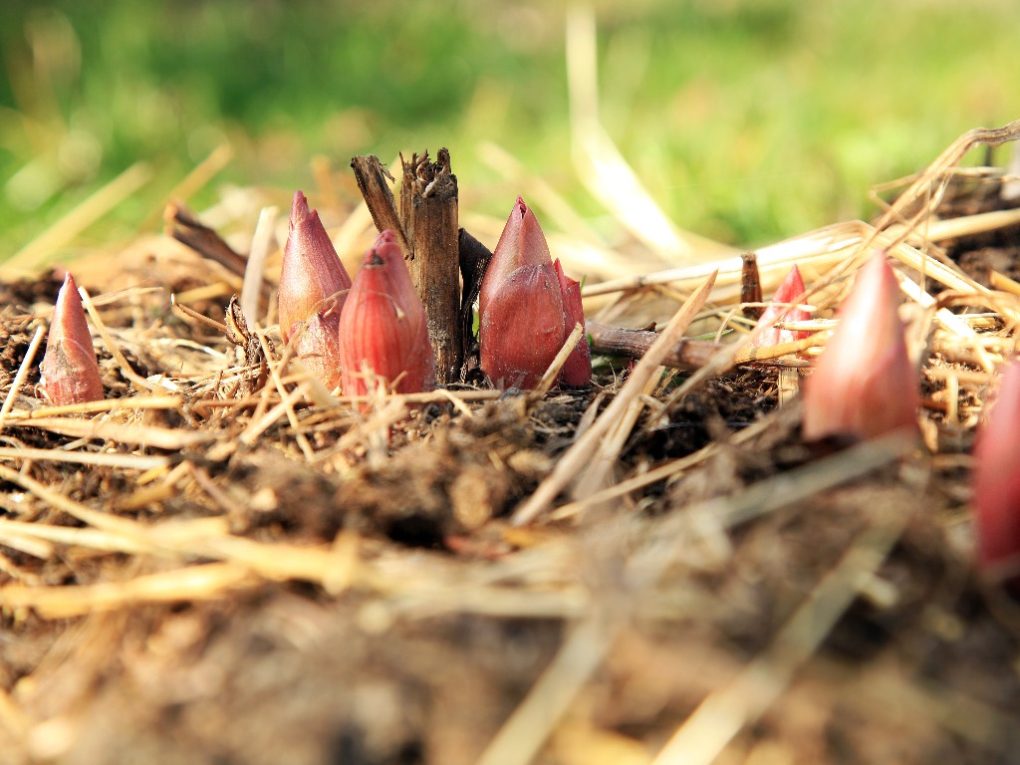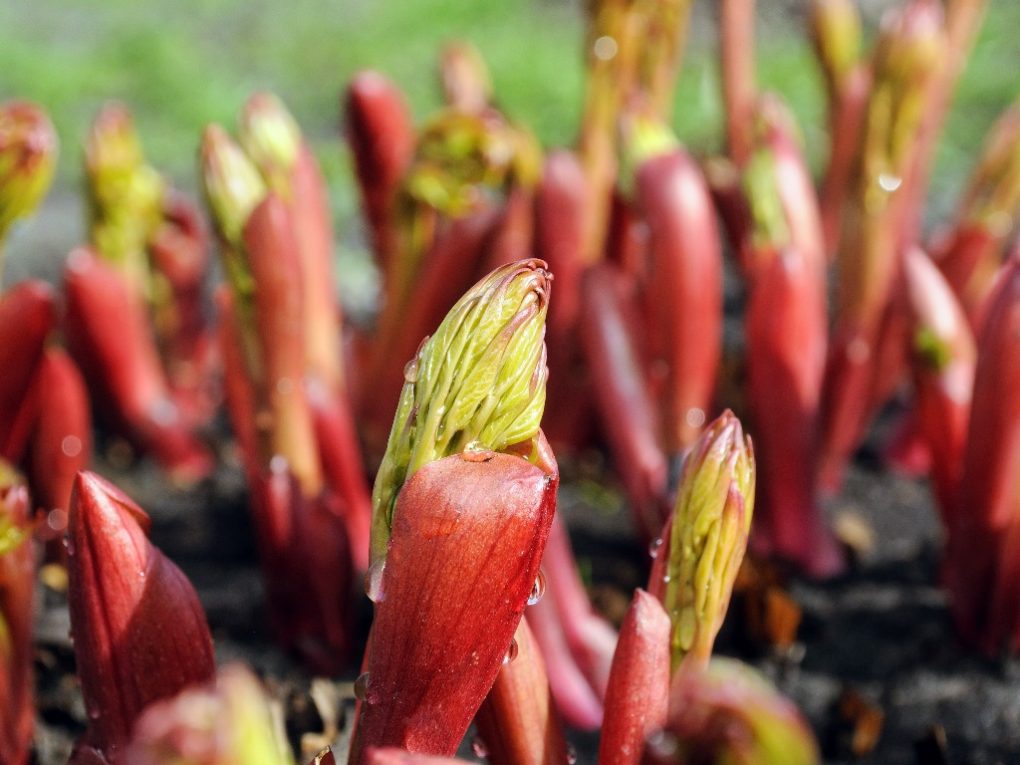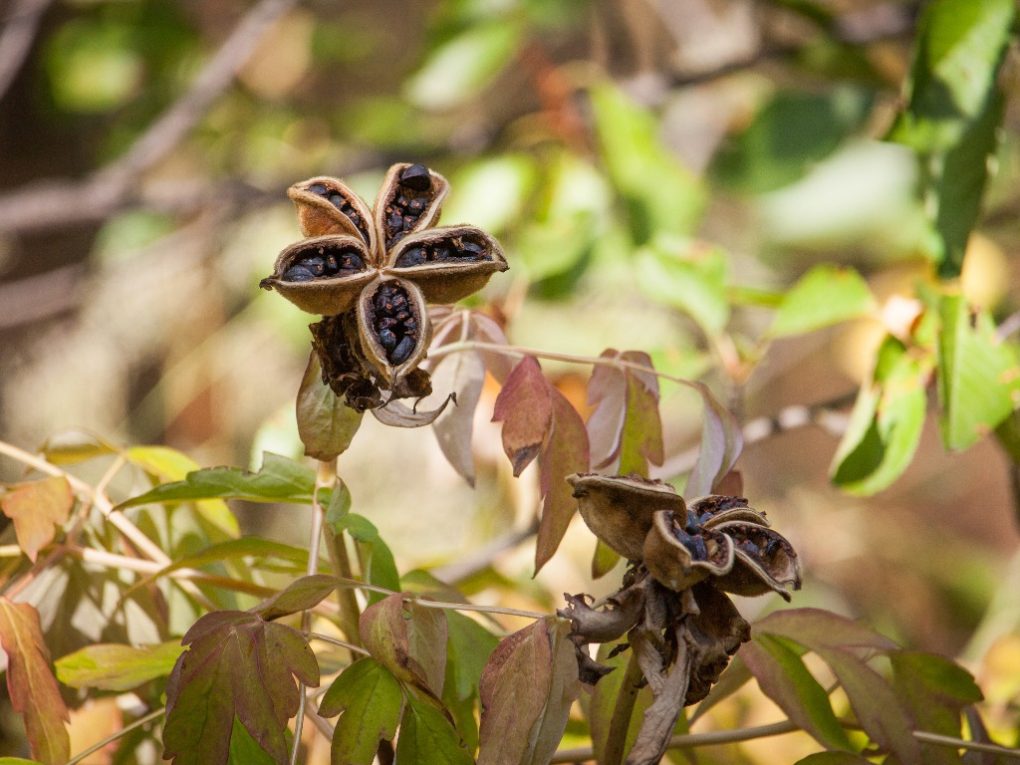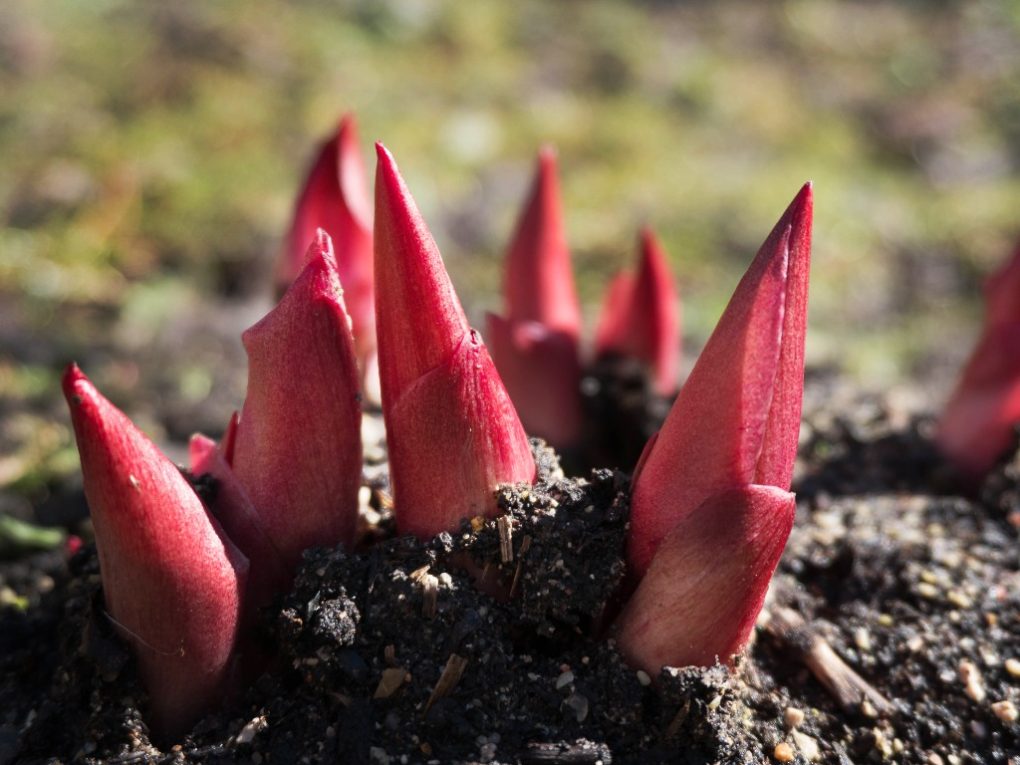Are Peony Bulbs or Seeds: Understanding the Different Propagation Techniques of Peonies
Peonies grow from bulbs, not seeds. While it is possible to grow peonies from seeds, it is a much more difficult and time-consuming process than growing them from bulbs. Peony bulbs are modified stems that store food for the plant. They are typically planted in autumn, requiring a period of cold weather to flower properly.

Once planted, the bulbs produce new shoots in the spring, eventually growing into mature plants. While peonies do not usually grow from seeds, they can also be propagated in this manner.
Table of Contents
A Comparison of Peony Seeds and Bulbs As Propagation Methods
Time to Maturity
Time to maturity refers to the time it takes for the plants to reach full maturity and produce blooms. Peony bulbs are mature plants dug up from the ground and packaged for sale. When planted, these bulbs have matured and can produce blooms within the first year of planting.
However, it’s worth noting that the size of the bulb at the time of planting can affect the time to maturity of the plant. For example, smaller bulbs may take longer to reach maturity and produce blooms, while larger bulbs may produce more quickly.
Peony bulbs generally take between 3 to 4 years to reach their full maturity and produce abundant blooms. During this time, the plant will focus on establishing a strong root system and building up energy reserves for blooming. Once the plant reaches maturity, it will produce blooms annually for many years, provided it’s well cared for.
Peony seeds, on the other hand, take much longer to reach maturity and produce blooms. This is because when you plant a peony seed, you start from scratch – the plant must grow from a tiny seedling into a mature plant capable of producing blooms.
Planting peony seeds can take 3 to 5 years to reach maturity and produce blooms. During this time, the plant will go through several stages of growth, including germination, seedling growth, and the development of a strong root system. As the plant grows, it will build up energy reserves and eventually produce blooms once it matures.
Cost and Availability
The cost of peony bulbs and seeds can vary depending on several factors, including the variety of peonies, the size and quality of the bulb or seed, and the seller or supplier you purchase them from. Here’s a more detailed description of the cost of peony bulbs and seeds:
Peony bulbs are generally more expensive than peony seeds because they are mature plants dug up and packaged for sale. However, some rare or highly sought-after varieties may be even more expensive.

However, it’s worth noting that while peony bulbs may be more expensive up front, they typically produce blooms much more quickly than peony seeds, making them a more cost-effective option in the long run.
Peony seeds are generally less expensive than peony bulbs because they start from scratch – the plant must grow from a tiny seedling into a mature plant capable of producing blooms.
The cost of peony seeds can vary depending on the variety of peony and the seller you purchase them from. For example, depending on the variety, a packet of 10-20 peony seeds can cost $4.20 or more.
Planting peony seeds can be more cost-effective in the long run, as you can grow multiple plants from a single packet of seeds. However, it’s important to remember that peony seeds take much longer to reach maturity and produce blooms than peony bulbs, so you must be patient if you choose this option.
The availability of peony bulbs and seeds can vary depending on the time of year, the variety of peonies, and the seller or supplier you are purchasing from. Peony bulbs are generally more widely available than peony seeds.
Nurseries, garden centers, and online retailers typically sell them. They are most commonly available for purchase in the fall when harvested from the ground and packaged for sale.
Peony seeds are generally less widely available than peony bulbs. In addition, online retailers and specialty seed companies typically sell them, which may be more difficult to find in local nurseries or garden centers.
The availability of peony seeds may also be more limited than peony bulbs, as they are typically harvested from mature plants in the fall and must be stored under specific conditions to maintain their viability. This means that some varieties of peony seeds may only be available in limited quantities and may sell out quickly.
How to Plant Peonies
From Seeds
Planting peony seeds can be more challenging than planting bulbs but can also be a rewarding experience. Here are the steps to follow:

- Scarify the seeds: Peony seeds have a hard outer shell that must be broken to germinate. This can be done by nicking the seed coat with a sharp knife or sanding it lightly with sandpaper.
- Soak the seeds: After scarification, soak the seeds in water for several days. This will help to soften the seed coat and promote germination.
- Prepare the soil: Choose a location with well-draining soil and full sun. Dig a hole twice as deep as the seed is long and fill it with compost and soil.
- Plant the seeds in the hole and cover them with soil. Water the soil well.
- Wait for germination: Peony seeds can germinate anywhere from 1 to 3 months. Be patient and keep the soil moist but not soggy.
From Bulbs
Planting and caring for peony bulbs is a relatively straightforward process requiring basic knowledge of planting and gardening techniques. Peonies prefer well-draining soil in a sunny or partially shaded location. Ensure the soil is not too wet or too dry, as this can affect the growth and development of the plant.
Dig a hole that is wider than the bulb and deep enough to allow the top of the bulb to be just below the soil surface. Mix in some compost or well-rotted manure to improve the soil quality and drainage.

Place the peony bulb in the hole with the eyes (buds) facing upwards, and backfill the hole with soil. Water the soil well to settle it around the bulb. Cover the soil around the peony bulb with a layer of mulch, such as straw or leaves, to help retain moisture and prevent weeds.
